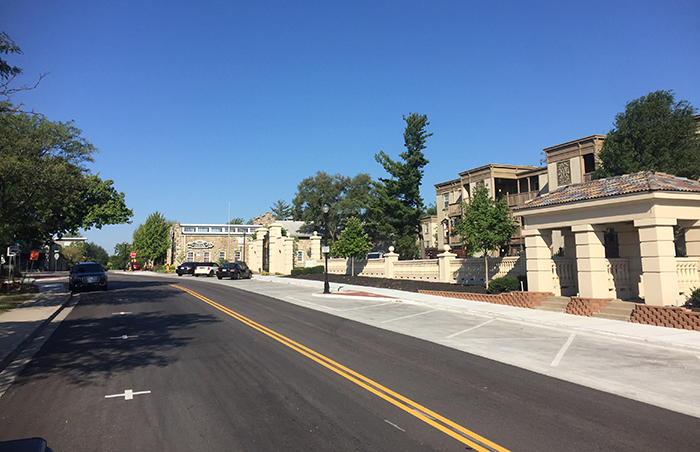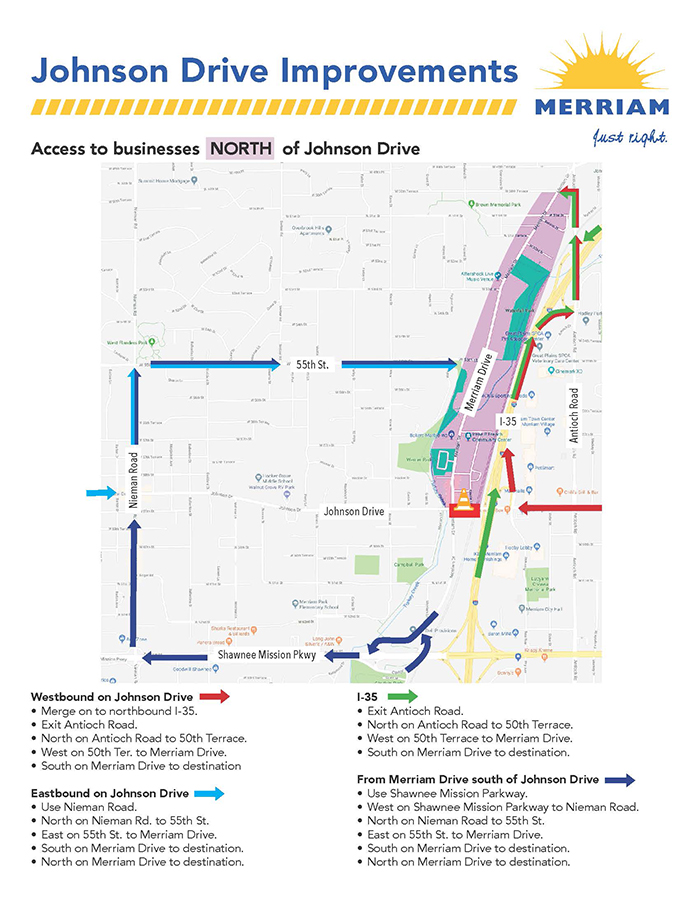8 Ways to Limit Disruptions to Commercial Areas During Construction
Posted on Wednesday, April 10th, 2019 by Affinis CorpIn Construction Engineering, Roadway, tagged in

Adding improvements, like newly paved streets, sidewalks, and lighting, enhances communities and attracts people to them. For commercial areas, these changes can be even more impactful. By improving the infrastructure adjacent to a building, a less popular location can start to appeal to a wider range of customers.
However, constructing these improvements can mean disruption to local businesses. Ensuring customers continue to have access during construction is incredibly important. When not provided, it can translate to lost dollars – or worse, closed doors.
There are a number of strategies that can be used to limit disruption to commercial areas during construction. Here are some of the ways we’ve successfully provided access throughout a project:
- When businesses are impacted by a project, it’s best to meet with each one individually, as opposed to at a public meeting. This way, you can address questions specific to their site and business.
- Working closely with utility companies is also important. Communicate why it’s necessary to keep driveways open and advise as to which access points they should avoid.
- If there are multiple entrances, they can be constructed one at a time.
- Restricting construction to a limited timeline is another tested approach.
- Providing detour maps to affected businesses prior to construction allows owners to inform delivery drivers and customers of temporary changes to parking or entrances.
- Access can be maintained by constructing only one-half of a driveway at a time.
- Another option is to incentivize completion. For example, if a project is done three days early, the construction company could receive bonus dollars for every unused day.
- On the other hand, disincentives also can work. Contractors might be asked to pay a penalty for every day the project goes past the deadline.

While all of these tips can increase the success of a project, the largest game changer is to be proactive in working with business owners. Meet with them early and often to troubleshoot issues. And, be sure to keep them in the loop as things change and access points and timelines are defined.
By supporting businesses throughout the construction process, the city is investing in the local economy and moving its community forward.